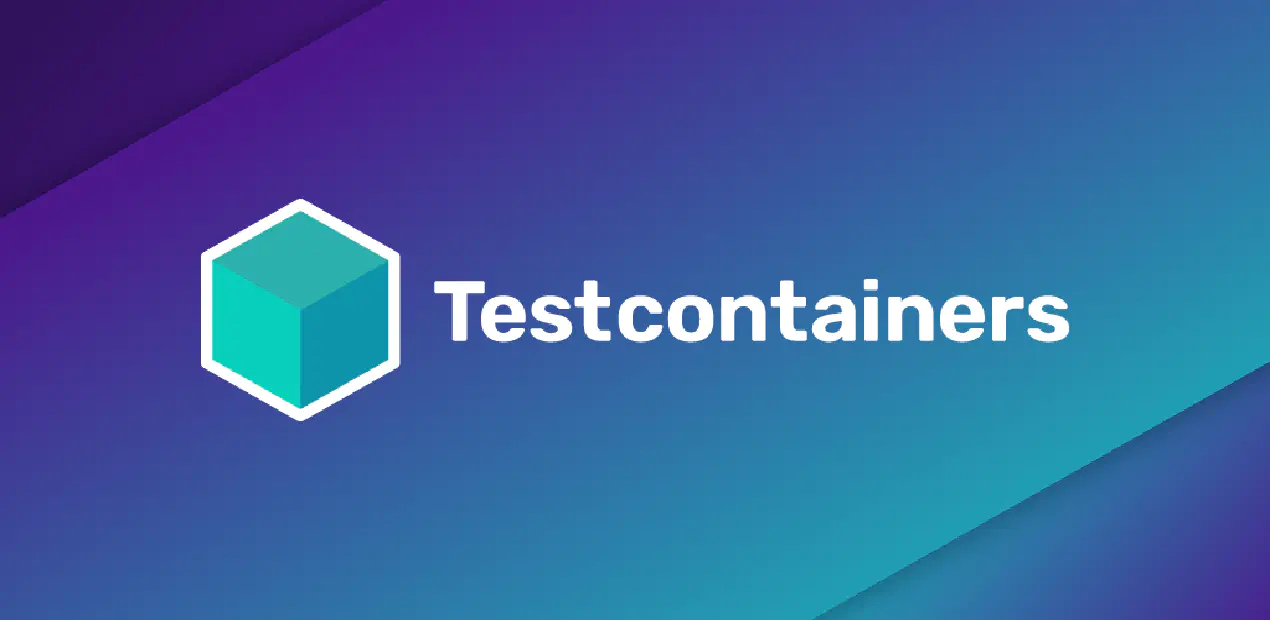Budibase - Build internal apps in minutes, No/Low Code Platform
Posted in Recipe on August 18, 2022 by Venkatesh S ‐ 3 min read
Quick Summary
I come across various use cases where I am supposed to build some internal apps. I always feel that coding the entire solution is just a waste of time, and perhaps if there is a tool that can help me build some quick applications. This can be simple applications like assessment tools, a job portal, an employee VISA tracking application or anything of this sort where focus in on building stable simple internal applications as fast as possible.
I came across budibase (pronounced buddy base) an open source tool. I gave it a spin and just loved it to the core. It hardly took me a couple of hours to go through the entire documentation and complete an application I was planning to build in the same time. It does its work real clean as promised, simple, full functional production applications. They also provide a generous free plan on cloud, you can sign up and use budibase there or you can run your own instance locally or on your own cloud servers as well.
Check out the detailed documentation of budibase on how to use the tool. Their documentation is quite detailed and simple.
Here is an interesting use case where budibase was used and which really inspired me as well to give it a spin. You can read the details in their blog. But here is a simple gist of the story.
It turns out that the Bulgarian Government had been using Budibase (open source repo) to build an app that would help them rehome thousands of Ukrainian refugees. Ukrainian refugees would log in and provide their information, and the Bulgarian Government would help them find a place to stay. They uploaded more than 100,000+ users and budibase team supported them to help successfully scale and run these system in the open source mode.
Development Summary
The whole process of building the application is very simple. Here is a quick gist to understand the process real quick. You can refer to the detailed documentation on understanding various capabilities of the platform.
- DATA - Connect to an existing or new database. Tool provides various options to connect to various DBs, there is also budibase DB which is something that is built on top of couchbase. There is a list of DBs which we can connect to.
- DATA - Design your table structure. The UI is intuitive and very easy to use. You can add columns, add views, create custom queries if required. There are predefined types which is quite sufficient for many use cases. There are also special columns that you can add for file attachments. Seems complete for typical internal application use cases.
- DESIGN - Design the UI. Now you can design the entire UI using the data and table structures that you created from the previous step using data providers. There are options to create screens, auto create CRUD screens, add various components into your screens and many more. You get a default navigation pane and few custom themes as well. Also, there are some predefined templates you can use when you start your project as well.
One best thing I observed about the tool was you don’t need to be too technical to even understand and use the tool. Even a novice and non-technical person can give it a spin. For more details, refer the following


